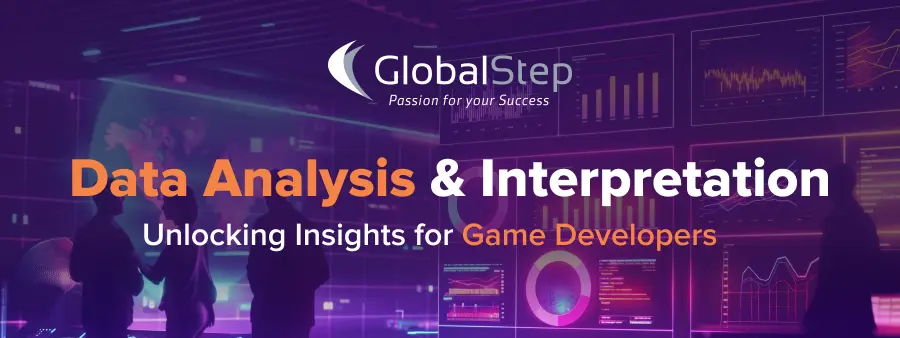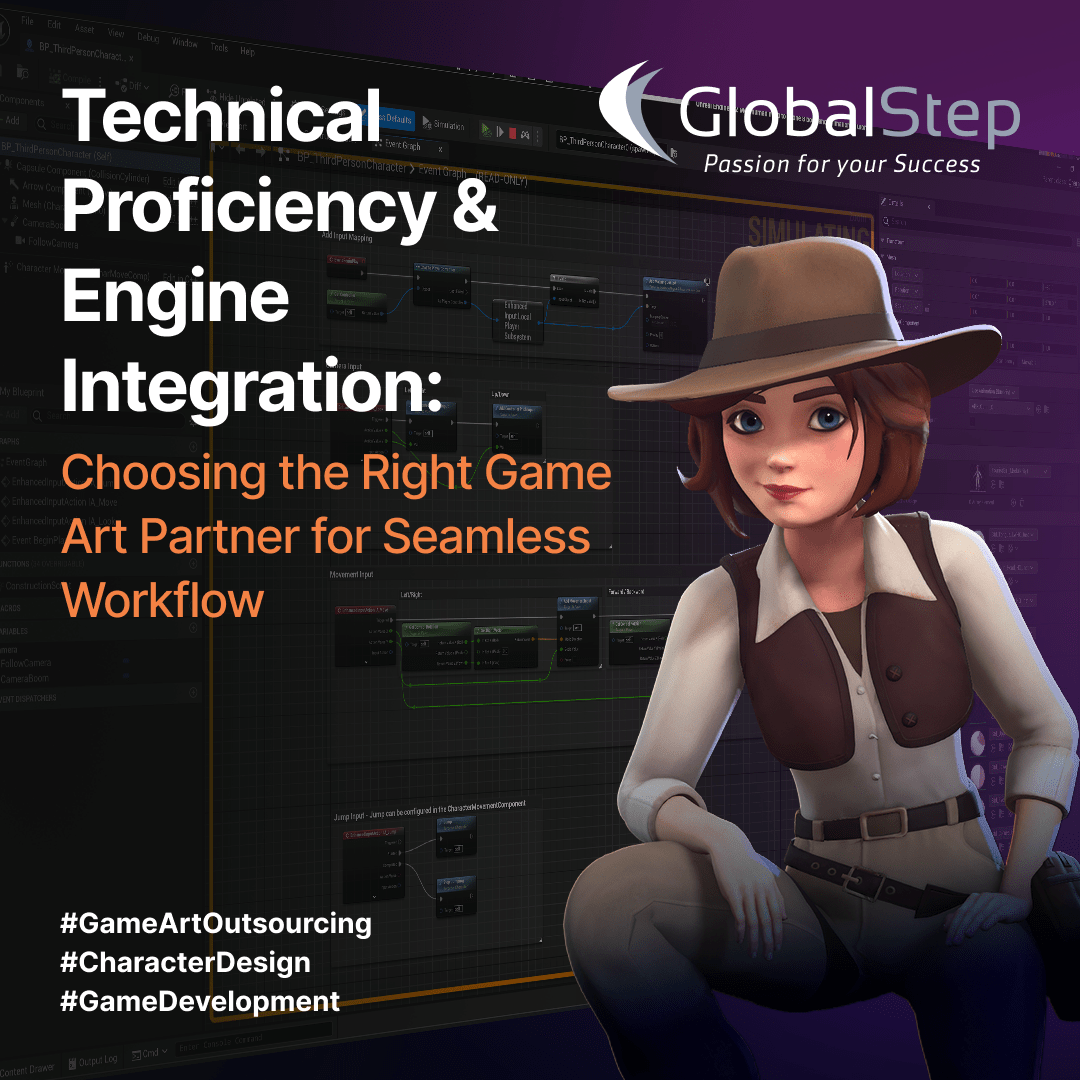
Use data-driven insights to improve your game development process.
Picture releasing a game with big expectations and high hopes, but players soon lose interest or get frustrated. What happened? The answer often hides in the data. Learning how players interact with your game can show key insights that determine its success. Let’s explore how analyzing and interpreting data can boost video game development, leading to a more engaging and successful experience for players.
Spotting Patterns in Player Behavior
Identifying player behavior patterns is one of the primary uses of data analysis in video game development. When game creators analyze data from gameplay sessions, they gain insights into what keeps players hooked or what makes them stop playing. For example, looking at numbers like how long people play, what they buy in-game, and how many finish the game, gives a good idea of what players like and don’t like.
Leveraging Heatmaps and Analytics Tools
Tools like heatmaps and advanced analytics software have a crucial impact on visualizing player behavior. Heatmaps display the areas where players spend most of their time, face challenges, and where they give up on the game. This visual data helps developers identify problematic spots and make smart choices to enhance gameplay. For instance, if a specific level consistently makes players quit, it might be too hard or puzzling, signaling a need to readjust, rebalance, or redesign.
Improving Game Balancing and Difficulty
Finding the right difficulty level in a game plays a key role in keeping players hooked. Game developers strive to create experiences that are easy to play but hard to master, ensuring that players can quickly understand the basics while still facing challenges that keep them engaged over the long term. By using data analysis, developers can tweak how the game works, looking for tough spots that might annoy players and cause frustration. By looking at things like how often players beat enemies and what items they use, developers can smooth out the game’s challenge level. This makes the game more fun to play. Games like Dark Souls used this method well; developers leveraged data analysis to create a game that’s tough but rewarding.
Making Games Feel Personal for Each Player
Data-driven personalization is another crucial part of game development. By looking at what players like and how they act, developers can create custom experiences that click with different groups of players. For instance, giving out personalized in-game events or prizes based on how each person plays can boost how much players engage and stick around. Games such as Fortnite use data to offer personalized content, keeping players interested with updates and challenges that matter and feel personal to them.
Game developers can also sort players based on their spending patterns and habits, putting them into groups like ‘whales,’ ‘dolphins,’ and ‘minnows.’ By creating unique experiences and deals for these different groups, games can boost player engagement and overall satisfaction. For instance, custom in-game events or prizes can be tweaked based on whether someone is a big spender (‘whale’) or a casual player (‘minnow’). This approach helps to make sure each player feels important and connected to the game.
Predicting Player Churn and Retention
Knowing why gamers quit is just as crucial as understanding why they stick around. Predictive analytics can foresee player dropout by spotting patterns that come before disengagement. By looking at things like shorter game sessions, less use of game features, and bad feedback, video game developers can take steps to keep players interested. This forward-thinking approach helps keep a strong player base and makes the game last longer.
Integrating AI and Machine Learning

AI and machine learning are instrumental to data analysis today. These tools can crunch big numbers fast and spot tricky patterns that humans might overlook. Take multiplayer games, for example. Machine learning can fine-tune matchmaking, making sure everyone has a good time and the matches are fair. At GlobalStep, we combine smart AI tools with human know-how to offer a comprehensive data analysis approach that boosts game development.
Collaborative Data Interpretation
Data analysis isn’t a one-person job. It requires collaboration between data scientists, game designers, and developers to understand results and put useful changes into action. When different experts work together, it means data insights turn into real improvements, leading to a game that players enjoy more. By joining forces, teams can make the most of data to come up with new ideas for games.
Conclusion
Data analysis and interpretation play a key role in uncovering insights that lead to successful game development. Using data allows developers to build games that are more fun, well-balanced, and tailored to each player. At GlobalStep, our expertise in Player Experience and game development ensures that your game will not just meet player expectations — it’ll go beyond them.
Call to Action
Curious about how data analysis can boost your video game development? Set up a meeting with GlobalStep today and see the impact of data-driven insights.





